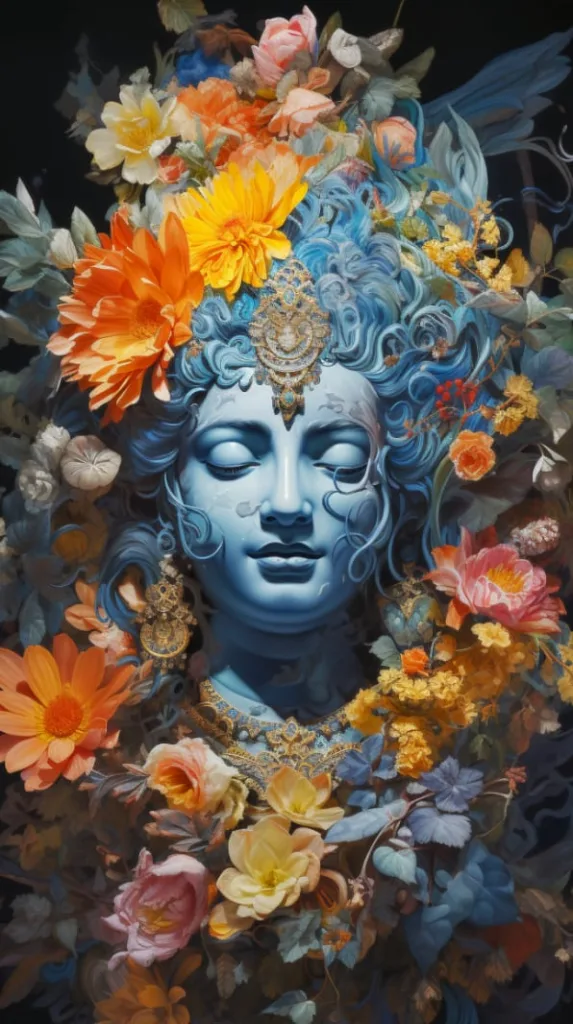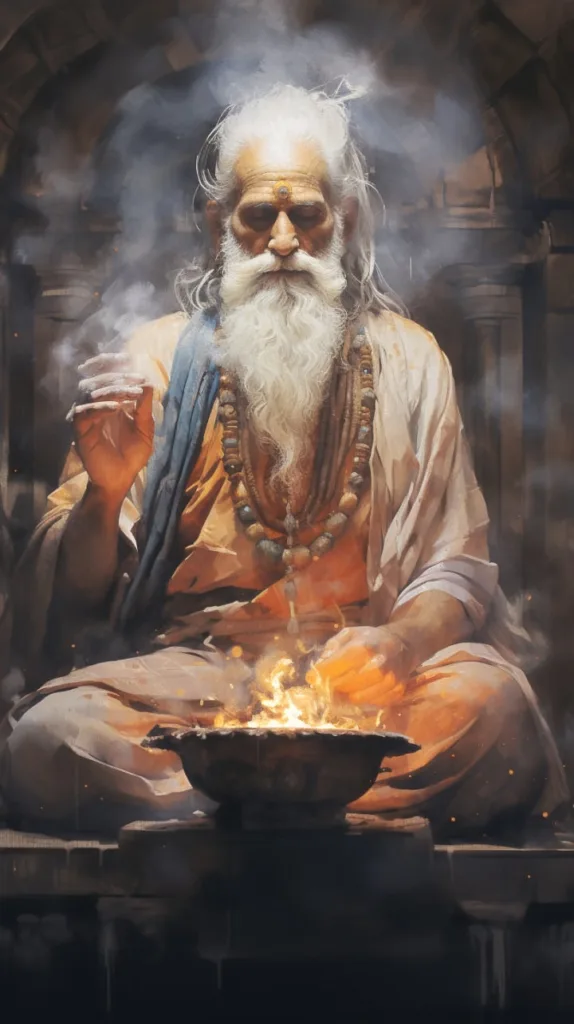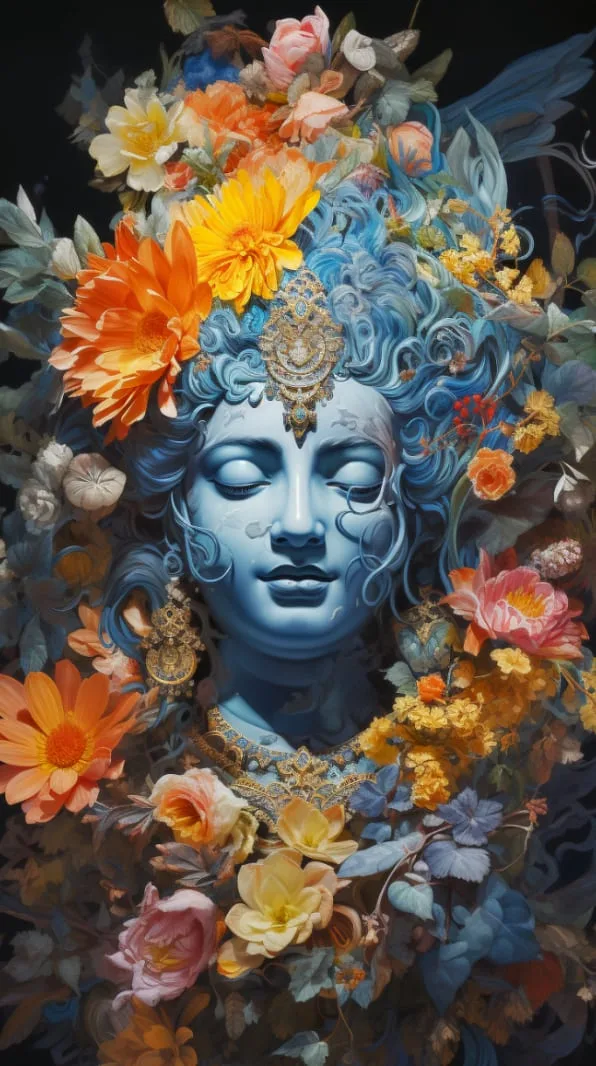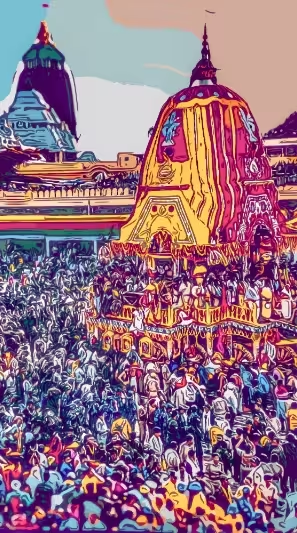
Sanatan Dharma, more commonly known as Hinduism, is not just a religion but a complex, multifaceted tradition that has shaped the spiritual landscape of the Indian subcontinent and beyond. Its rich tapestry of beliefs, practices, and philosophies offers a unique perspective that continues to inspire millions around the world.
One of the most striking features of Sanatan Dharma is its Diversity of Beliefs and Practices. Unlike many religious traditions that require adherence to a specific doctrine, Sanatan Dharma’s pluralistic nature fosters a culture of spiritual exploration and personal growth. From the worship of various deities to the pursuit of philosophical inquiry, it offers a multitude of paths to spiritual realisation. This diversity allows individuals to find a spiritual path that resonates with their unique temperament and life circumstances.
This diversity seamlessly leads to the emphasis on Dharma, often translated as duty or righteousness. Dharma is not a static set of rules but a dynamic understanding of moral and ethical conduct. It varies according to one’s age, occupation, gender, and social context, allowing for a nuanced approach to ethical living. This emphasis on context-sensitive ethics encourages individuals to act with integrity and compassion, recognizing the interconnectedness of all life.
The concept of Dharma is closely tied to Sanatan Dharma’s Non-Exclusivity. Unlike many religious traditions that claim exclusivity to salvation, Hinduism acknowledges that different paths may lead to the same ultimate reality. This non-exclusivity fosters a sense of tolerance and mutual respect, allowing Hinduism to coexist with other religious traditions. It often leads to rich interfaith dialogues and cultural exchanges, reflecting a global perspective.
The doctrines of Karma and Reincarnation further enrich this perspective. Karma refers to the law of action and reaction, where every action has a corresponding consequence. Reincarnation, the belief in the soul’s rebirth in different forms, adds a temporal dimension to this law. Together, they encourage individuals to live ethically, knowing that their actions will shape not only this life but future lives as well. This understanding of life’s challenges and inequalities provides a unique lens through which to view the human experience.

Yoga and Meditation, rooted in Hinduism, have transcended religious boundaries and become global phenomena. The practices of Yoga, meaning ‘union,’ and meditation focus on the integration of body, mind, and spirit and inner stillness, respectively. These practices offer tangible benefits for physical health, mental clarity, and spiritual growth, making them accessible and appealing to people of all faiths. They represent a bridge between ancient wisdom and modern well-being.
Sanatan Dharma’s Rich Philosophical Tradition is unparalleled in its depth and diversity. The six classical schools of thought, known as the Darshanas, explore fundamental questions about existence, knowledge, and ethics. From the non-dualism of Advaita Vedanta to the analytical rigor of Nyaya, these philosophies provide intellectual frameworks for spiritual inquiry. This rich philosophical heritage encourages critical thinking and introspection, allowing seekers to engage with spirituality on an intellectual as well as experiential level.
Finally, the Sacredness of Nature in Hinduism offers a spiritual foundation for environmental stewardship. Rivers are considered sacred, trees are worshipped, and animals are often revered as symbols of divine attributes. This perspective recognizes the divine presence in all forms of life and promotes a harmonious relationship with the environment. In an age of ecological crisis, this sacredness of nature resonates with contemporary global concerns.
In conclusion, Sanatan Dharma’s multifaceted nature makes it a vibrant and adaptable tradition. Its emphasis on personal exploration, ethical living, inclusivity, and environmental consciousness reflects a living philosophy that continues to guide and nourish the human spirit. The seven features highlighted here offer a glimpse into the richness of Sanatan Dharma, but they are by no means exhaustive. The beauty of this tradition lies in its ability to accommodate diverse perspectives and evolve with the times, making it not just a religion but a living philosophy that continues to inspire.





